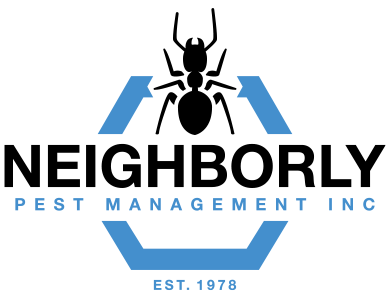How To Spot Termite Activity Around Your Folsom Home
May 22, 2020
Termites don't destroy your home in days, or even months. It takes more than three years for termite damage to accumulate. This gives you time to detect them before it's too late. Unfortunately, termites don't make it easy. These little homewreckers prefer to stay hidden. Let's take a look at how you can spot termite activity around your Folsom home.

Understanding Termite Workers
A termite worker lives its entire life in absolute darkness. It likes it that way. This preference for darkness keeps termites from revealing themselves. You can have millions of termites in your home right now and not know it.
Termite workers also have an aversion to being exposed to the air. A worker termite has thin skin that requires high humidity. This is why you're not likely to see holes created by termites. They don't want the air to get in and kill them.
How Workers May Reveal Themselves
Worker termites create shelter tubes on foundation walls and other hard surfaces in order to go from the ground to the wood of your home. These shelter tubes are also called mud tubes because they are created from soil and saliva. If termites have entered your home, you may see these tubes. But don't expect them to be out in the open. Workers will create them in dark places under your home, or under exterior structures.
Conditions That Are Conducive To Termites
Worker termites aren't all that mysterious. There are certain conditions that attract them. If you know what these conditions are, you can do a close inspection and possibly uncover termite activity. Here are some examples.
-
Termites attack rotting wood. If you have rotting wood on a deck, fence, or some other structure, chip away at it and take a look to see if there are trenches inside.
-
Termites are drawn to stumps, logs, and trees that have heart rot. Break off a piece and look for tiny pale ant-like insects crawling around inside.
-
Termite will target locations where the wood of your home touches the soil. Examine these spots to see if you can get a look inside the wood. You may also tap on the wood. If it sounds hollow, there are likely termite tunnels within.
-
One Termite That Shows Itself
When a termite colony matures, it will begin to produce male and female alates. These are winged termites. You can tell winged termites from flying ants in two important ways: Their wings and their body shape.
Termite wings are:
-
Much longer than the body of the termite
-
White
-
Rounded at the tips
-
Stacked on top of each other
-
Ant wings:
-
Hang only slightly over the end of the abdomen
-
Are yellowish
-
Are not stacked on top of each other
-
Have a cleft at the tips
The Shape Of A Termite
Ants have a distinct pinch at their waist. When you look at an ant, you can clearly see the head, thorax, and abdomen. When you look at a termite, it can be difficult to differentiate between the thorax and the abdomen because there is no pinched waist.
What To Understand Most About Winged Termites
The destructive termites in our area are subterranean termites. They establish their nests in the ground, not inside our homes. When winged termites are released, they most often release outside, away from the structure the termite workers are feeding on. If you see them inside your home, it is a warning sign of a severe infestation. The nest that produced those termites is very near to your home.
What To Do About Termites
If you detect termites (or long before you detect them) contact Neighborly Pest Management. We provide services to eliminate termites and/or protect homes from infestations. Reach out to us any time for immediate assistance.
 Reviews
Reviews

